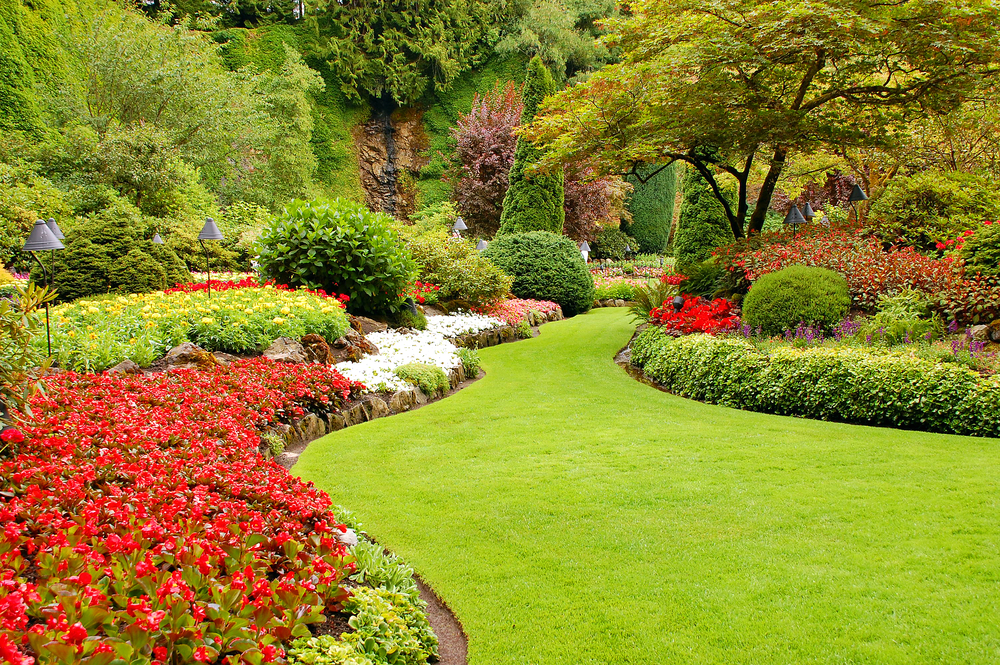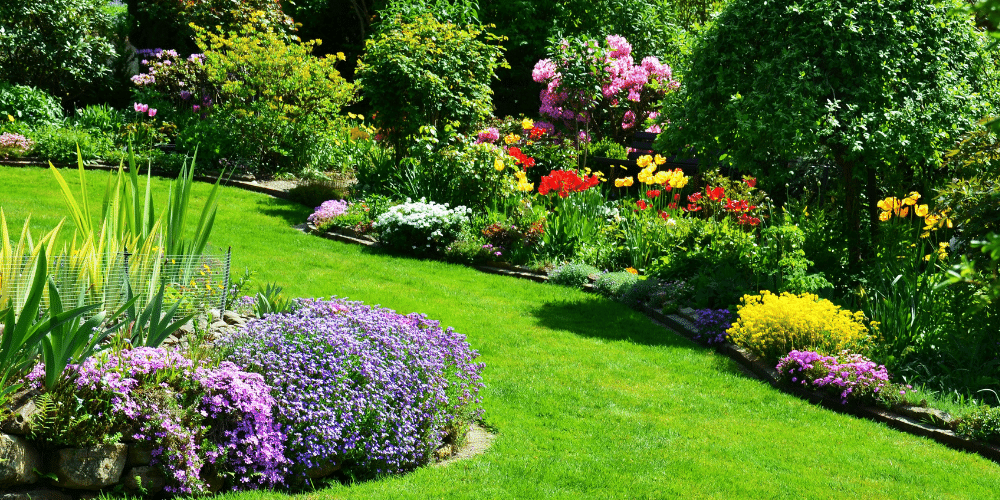
Spring is a time of renewal and growth in the garden, and there are a few key steps you can take to ensure that your garden thrives as the weather warms up.
First and foremost, it’s important to start by removing any dead or damaged plants from the previous season. This will make room for new growth and prevent any diseases or pests from carrying over. If you notice any signs of disease or pests on your plants, be sure to take care of them immediately to prevent them from spreading.
How to take a look at the soil
Next, take a look at the soil in your garden. Spring is a great time to add organic matter, such as compost or well-rotted manure, to your soil. This will help to improve its structure and fertility, making it easier for your plants to take root and thrive. You may also want to consider taking a soil sample to a local nursery or extension office to test for pH and nutrient levels. This will help you to identify any deficiencies or imbalances that may be affecting the health of your plants.
Once your soil is in good shape, it’s time to start thinking about planting. Early spring is the perfect time to plant cool-season vegetables, such as broccoli, cauliflower, and cabbage. These plants will thrive in the cooler temperatures of early spring and can be harvested before the heat of summer arrives. You can also start planting your flower bulbs, such as tulips and daffodils, in the early spring.

In addition to planting, it’s also important to start thinking about mulching. Mulch is a great way to protect your plants from the elements and keep the soil cool and moist. It can also help to suppress weeds, which can be a major problem in the garden. There are many different types of mulch available, including wood chips, straw, and leaves. Each has its own benefits, so be sure to choose the one that will work best for your garden.
As the weather starts to warm up, it’s also important to start thinking about watering your garden. While you may not need to water as frequently in the early spring, it’s still important to make sure that your plants are getting enough water to thrive. Be sure to water your plants deeply and infrequently, rather than giving them a light watering every day.
Last key steps for your garden
Finally, be sure to keep an eye out for any signs of pests or diseases in your garden. Early spring is a prime time for insects and diseases to start affecting your plants. If you notice any signs of trouble, be sure to take care of it immediately to prevent it from spreading.
Overall, taking care of your garden in early spring requires a bit of planning and attention, but by following these steps, you can ensure that your garden will thrive as the weather warms up. By removing damaged plants, adding organic matter to the soil, planting cool-season vegetables, mulching, watering correctly and monitoring pests and diseases, your garden will be ready to enjoy in the coming months.
